‘Nope’: Creating the Sight, Sound, and Spectacle of a Terror in the Sky
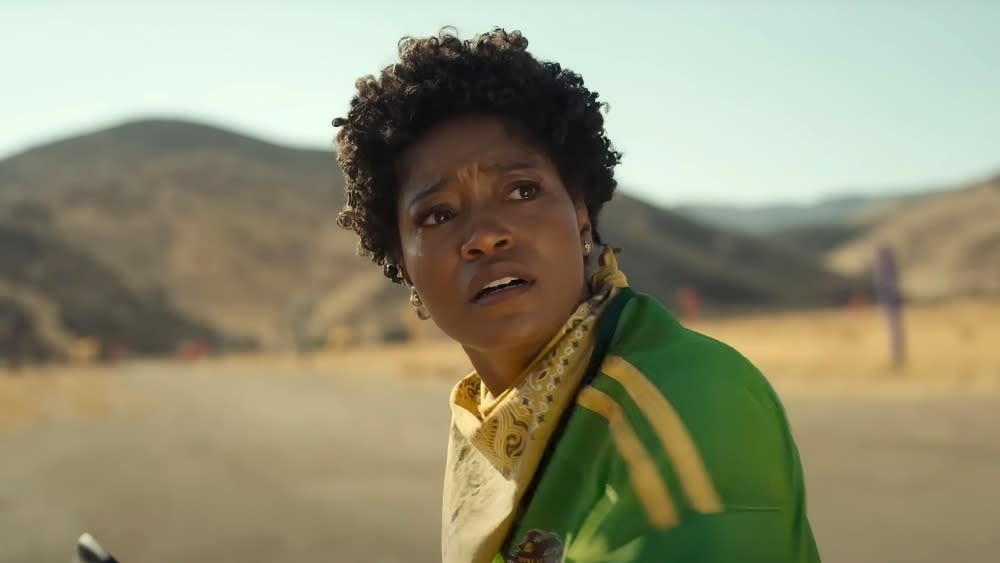
- Oops!Something went wrong.Please try again later.
- Oops!Something went wrong.Please try again later.
- Oops!Something went wrong.Please try again later.
“Nope” is a movie about a lot of other things besides a giant alien life form hunting horses and/or people in the dry ranch lands outside of Los Angeles. But for Jordan Peele’s examination of spectacle and exploitation, of the violence, emptiness, and raw instinct that are so often required to both construct and consume cinema, the monster stuff really does have to work too.
The alien antagonist of “Nope” is monstrous in a way that defies the human instinct to imbue it with empathy, a personality (despite it eventually being dubbed “Jean Jacket”), or motivation, and the film works to make it exactly as colossal, mysterious, and threatening as the shark in “Jaws” – but in the sky, and able to gobble up much more than a boat in a single gulp. In the videos below, cinematographer Hoyte Van Hoytema, sound designer Johnnie Burn, and visual effects supervisor Guillaume Rocheron break down how they each contributed to crafting a sense of hidden danger within the film’s iconic Western landscape, teaching the audience to hear Jean Jacket before we see it, and creating an alien rooted in the evolutionary efficiency of real-world animals.
More from IndieWire
'Black Bird' Creates Uneasy Truths Through Performance, Pace, and Sound
The Clothes on 'Beef' Succeed by Being Instagram Fashion Fails
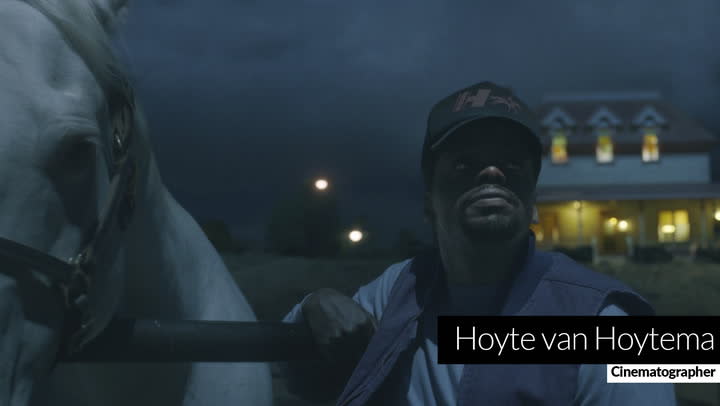
The Cinematography of “Nope”
When cinematographer Hoyte van Hoytema came on board “Nope,” he knew writer-director Jordan Peele wanted to explore the idea of spectacle and its role in our lives. He also knew Peele wanted “Nope” to become a spectacle, which is, as van Hoytema said, “a very big assignment for a cinematographer.” That idea infused every large-format image in “Nope,” even the intimate close-ups comprising the film’s more character-driven scenes. “Traditionally IMAX or 65mm is always seen as a format that is there to show landscapes and vastness,” van Hoytema said, “but I’m of the opinion that scope and vastness and landscape also exist in the intimate. I loved the challenge of using a format that is designed for so much space and inviting that equipment into a very small space and exploring a little bit how that can be visceral.” The cinematographer found that large-format photography gave the faces added depth and presence. “Portraits in large format are incredible,” he said. “I think a format that is worthy of shooting mountaintops or horizons should be worthy of shooting the human face as well.”
The challenge was made even greater by the fact that so much of “Nope” takes place at night in desert landscapes where there are no obvious light sources. Although one of van Hoytema and Peele’s visual references, “Lawrence of Arabia,” made extensive use of day-for-night photography, van Hoytema wasn’t sure the process would work for “Nope.” “To a certain extent [day-for-night] is less credible, you always feel the day. The relationships between the bright parts and the dark parts is not entirely correct.” In order to solve the problem, van Hoytema expanded on techniques he had first developed on “Ad Astra,” shooting the night exteriors of “Nope” in daylight, with two cameras: one infrared and one an IMAX film color. As seen in the before-and-after images in the video above, combining the footage from the two cameras gave the filmmakers a level of control that far surpassed conventional day-for-night, allowing them to not only correct for the balance of light and dark in a frame but also color, grain, and those all-important faces.
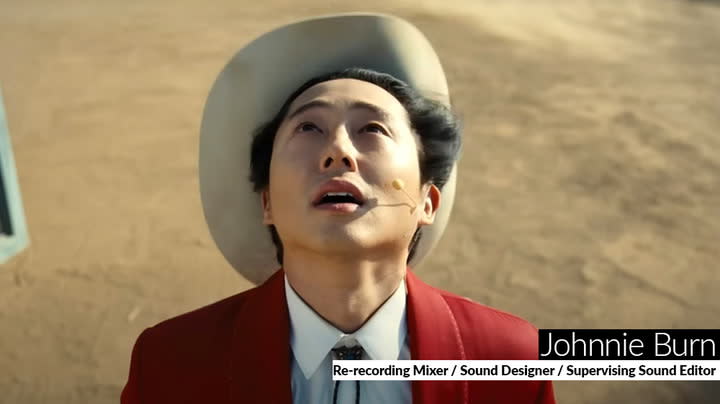
The Sound Design of “Nope”
The monster in “Nope” has two distinct operating modes — stealth and show-off — and sound is crucial to the audience’s understanding of both. It is the sound that suggests the presence of something in the sky well before we understand exactly what it is, and that suggestion is where the film mines much of its creeping terror. Sound does evoke ideas, but they’re indistinct. We get the sense of something powerful lurking around the Haywood Ranch, but don’t know what it is yet. Sound designer and supervising sound editor Johnnie Burn masked Jean Jacket in the elemental sounds that would otherwise be background noise, but twists them to amp up the audience’s unease. “How we present the sound of Jean Jacket in the film was in some way to have the wrong kind of sound so that we wouldn’t be hearing an alien specifically, but we would be hearing the world that we are used to — but in a slightly distorted wrong way,” Burn said.
Burn also helps the film create the firm sense of predator and prey — crucial to the ultimate nature of its monster — through a precise use of directional sound. Set up with Dolby Atmos, Burn said that by being able to track sound across space in the same kind of 360-degree dome the characters themselves are working with, “you can position any sound to any particular location. That’s where you really get the payoff because you can start being way more subtle and nuanced as well as visceral and bombastic with your storytelling.” Burn’s work in the film is often about creating key, trackable details that unsettle entire sequences as much as it is about creating sonic landscapes for the alien’s violence and power. As you’ll hear in the video above, the pinpoint positioning helps make the sounds in “Nope” a key lifeline for the audience to make sense of what’s happening, as well as the death knell that tells us characters are doomed before they know it themselves.
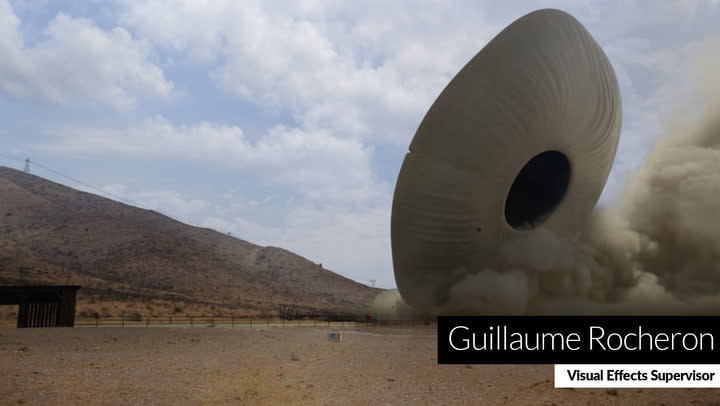
The Visual Effects of “Nope”
“Nope” is filled with impressive visual effects work, but its most awe-inspiring creation is the film’s villain, the alien creature referred to as “Jean Jacket.” A being that looks like an archetypal flying saucer but transforms into a living, breathing organism that consumes humans like moviegoers snacking on popcorn, Jean Jacket was the earliest problem visual effects supervisor Guillaume Rocheron had to solve. Given the monster’s importance to the story, Peele and Rocheron began talking about its design long before the movie was in pre-production, when Peele was still writing the script. “He wanted to explore the visual language of Jean Jacket, [to learn if] there was anything to help inform the story and the staging of the various encounters,” Rocheron said of his initial conversations with Peele. Ultimately, the filmmakers zeroed in on an alien drawn from multiple sources and influences: classic sci-fi depictions of UFOs, sea creatures, and even origami paper.
“It’s hard to invent something new in terms of creature design,” Rocheron said, but in the case of Jean Jacket, he pulled it off with dazzling results. An additional challenge lay in designing an effect intended to remain completely invisible: a sky in which nearly every cloud in every shot was painted in digitally. Peele wanted the sky in “Nope” to function as a seemingly placid environment hiding unspeakable terror, akin to the water in “Jaws.” Therefore, Rocheron and his team had to create virtual sets in which the clouds could be blocked like actors and moved around to obscure or reveal the threat lurking in the skies. “In visual effects, generally we do skies for cosmetic reasons,” Rocheron said. “You replace skies because you want the continuity to match between two scenes, or you want the sky to look prettier. It’s rare to have a storytelling reason to actually construct a set out of clouds.” Watch the video above to learn more about on the creation of those clouds, Jean Jacket, and other spectacular effects — like the rain of blood and Gordy the rampaging chimpanzee — in “Nope.”—Sarah Shachat and Jim Hemphill
READ MORE CRAFT CONSIDERATIONS

‘Black Bird’ Creates Uneasy Truths Through Performance, Pace, and Sound
Watch how the editing, cinematography, and sound intensify the real-life story of a suspected serial killer in the Apple TV+ limited series.
By Daron James
May 17, 2023 4:00 pm
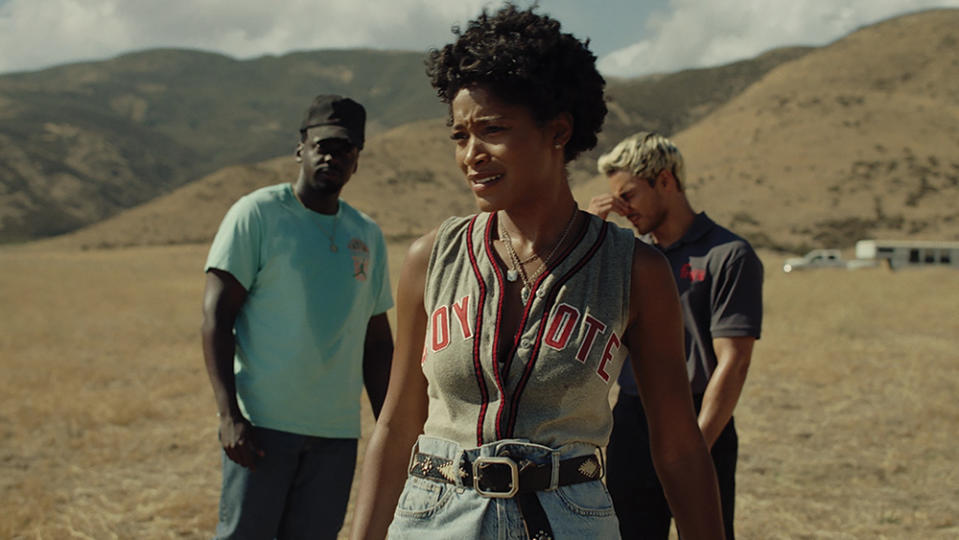
‘Nope’: How Keke Palmer Grounded an Out-of-This-World Horror Story
Watch star Keke Palmer discuss how she and filmmaker Jordan Peele figured out how to tell a sibling-bond story with sky-high stakes.
By Marcus Jones
January 9, 2023 3:30 pm
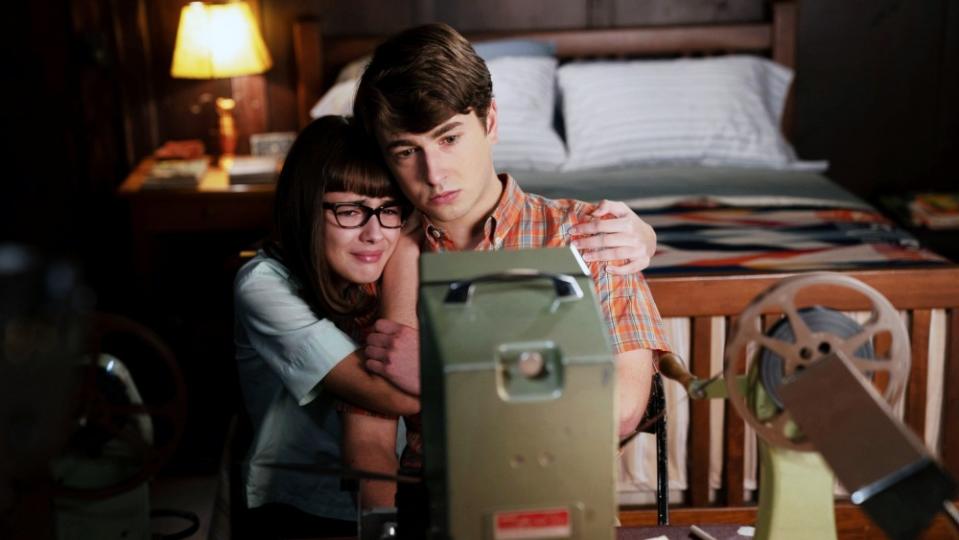
Weaving ‘The Fabelmans’ from Steven Spielberg’s Childhood Memories
Watch Pulitzer Prize winner and Academy Award nominee Tony Kushner discuss translating his longtime collaborator’s life into a screenplay.
By Jim Hemphill
January 5, 2023 2:30 pm
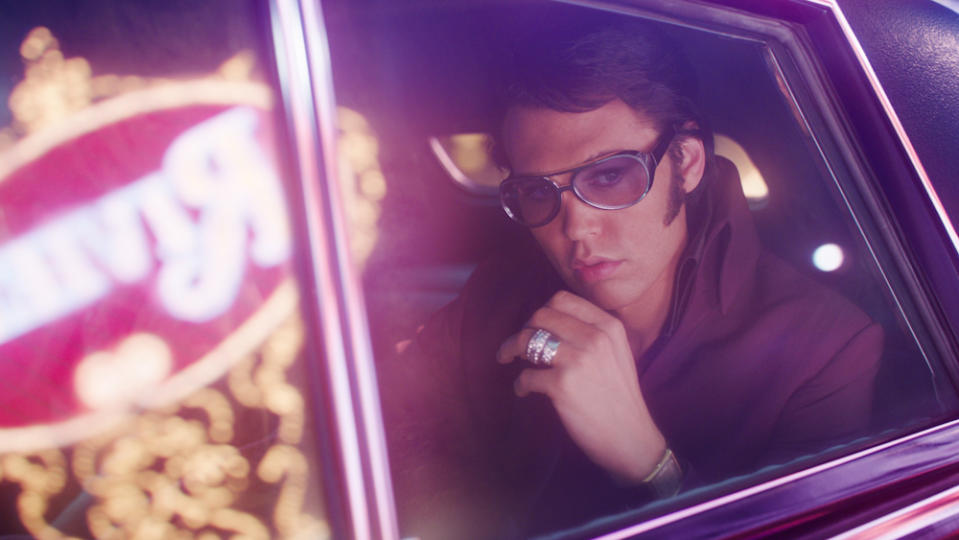
‘Elvis’: Giving New Meaning to the Life and Times of The King
Watch how cinematography, production design, and editing bring Elvis Presley and the culture that exalted him to life.
By Jim Hemphill
December 14, 2022 2:30 pm
Best of IndieWire
Where to Watch This Week's New Movies, from 'The Starling Girl' to 'BlackBerry'
Every Palme d'Or Winner from the Cannes Film Festival, Ranked
Sign up for Indiewire's Newsletter. For the latest news, follow us on Facebook, Twitter, and Instagram.

